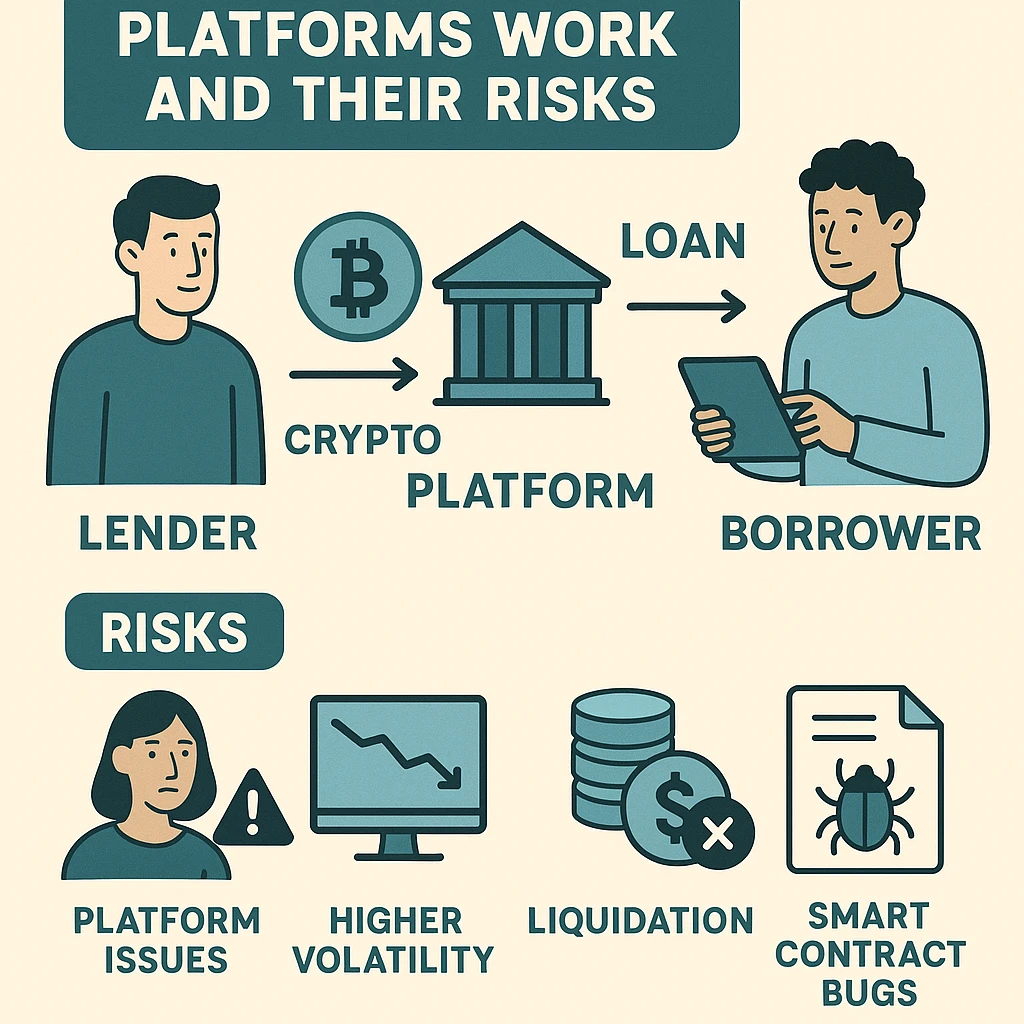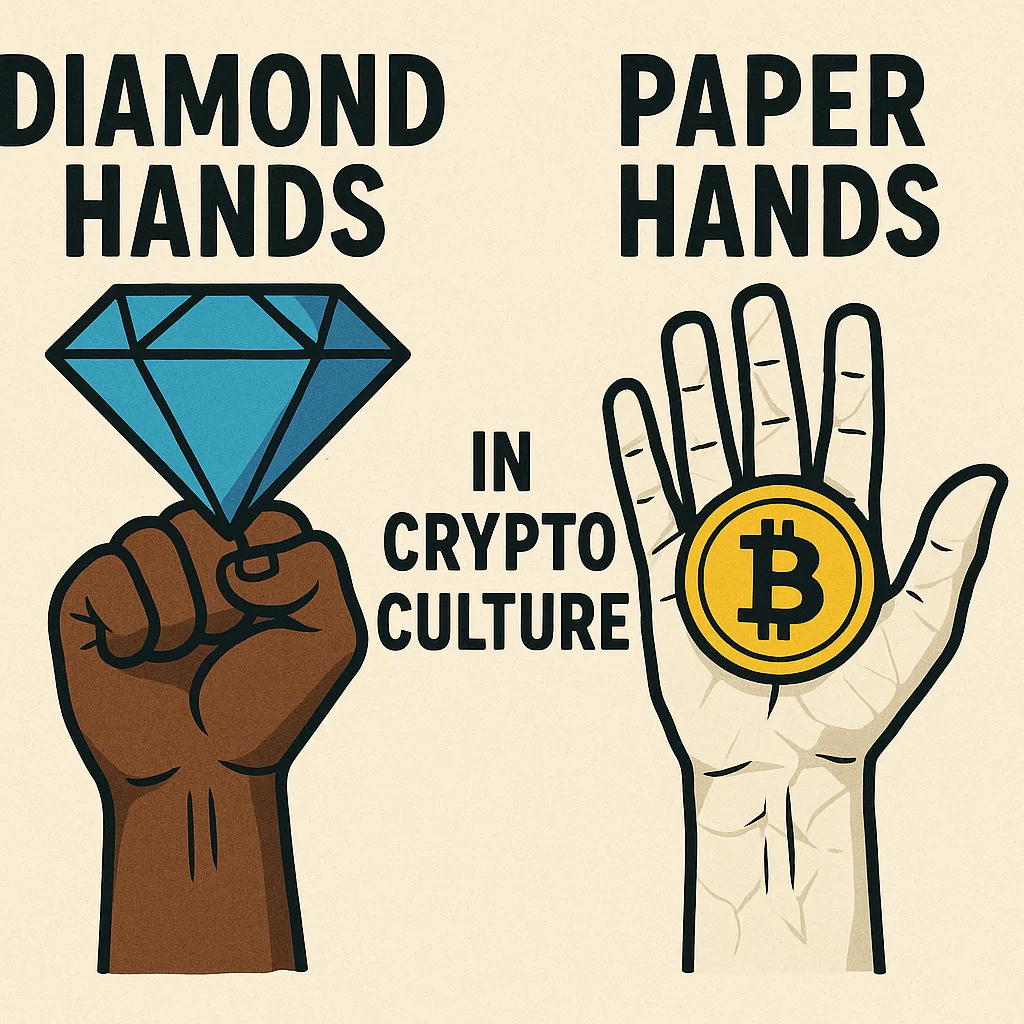The narrative of social media is a captivating account of technological advancement, societal changes, and the innate human need for social connection. Since the inception of bulletin board systems (BBS) to the all-encompassing world of the metaverse, social media platforms have undergone a profound transformation, revolutionizing the way we communicate, exchange ideas, and participate with the global community. This blog post explores the pivotal moments and transformative developments that have shaped the evolution of social media platforms, pinpointing the critical technologies and movements that have marked their progress.
The Beginnings: Bulletin Board Systems (BBS)
During the late 1970s and early 1980s, the groundwork for social media was established through bulletin board systems (BBS). These initial interfaces enabled modem users to communicate, swap files, and engage in conversations. BBS groups were typically regional, inspiring a sense of solidarity among members who had similar passions.
Key Features:
- Text-based communication.
- File sharing and downloading.
- Message boards for discussions.
Although rudimentary by today’s standards, BBS was revolutionary, providing a glimpse into the potential of digital social interaction.
The Rise of Internet Relay Chat (IRC) and Usenet
Emerging alongside the widespread availability of the internet in the 80s and 90s were novel modes of online interaction. Internet Relay Chat (IRC) and Usenet played a significant role in broadening the influence and range of virtual communities.
IRC:
- Launched in 1988, IRC enabled real-time text-based chat across multiple channels.
- It was popular for group discussions and private messaging.
- IRC networks became hubs for various interest groups, fostering global connections.
Usenet:
- Developed in 1980, Usenet functioned as a decentralized network of discussion forums.
- Users could post articles and replies across thousands of newsgroups.
- It was a precursor to modern forums and message boards, enabling widespread information exchange.
These platforms demonstrated the power of real-time and asynchronous communication, setting the stage for more sophisticated social networks.
The Emergence of Early Social Networks
In the late 1990s and early 2000s, social networking sites emerged, paving the way for the social media revolution we know today. These platforms, including Six Degrees, Friendster, and MySpace, were the first of their kind.
Six Degrees (1997-2001):
- Often considered the first social networking site, Six Degrees allowed users to create profiles, list friends, and interact with other users.
- It introduced the concept of “six degrees of separation,” highlighting the interconnectedness of people.
Friendster (2002-2011):
- Friendster focused on building a network of friends and acquaintances, offering features like messaging, testimonials, and profile customization.
- It quickly gained popularity but struggled with technical issues and competition.
MySpace (2003-Present):
- MySpace revolutionized social networking by emphasizing user-generated content, including blogs, photos, and music.
- Its customizable profiles and embedded media features attracted millions of users, especially musicians and artists.
The initial social networks played a crucial role in showcasing the capabilities of virtual social bonds, opening doors for more sophisticated platforms.
The Facebook Era
Facebook launched in 2004 and revolutionized social media. Although it was initially only available for college students, it quickly expanded to everyone and became the most popular social network.
Key Innovations:
- Real-name policy, fostering authenticity and trust.
- News Feed, providing a dynamic stream of updates from friends and pages.
- Like button, enabling quick and easy interaction with content.
The triumph of Facebook was driven by its relentless innovation and adaptability. It incorporated novel features such as photo sharing, events, groups, and eventually, a powerful advertising tool. As a result, it became the go-to destination for socializing, content distribution, and online advertising.
The Rise of Microblogging and Real-Time Updates
In 2006, Twitter was introduced as a revolutionary platform for microblogging, allowing users to share brief updates in 140 characters or less. Its real-time and succinct nature quickly caught on with users across the world, making it a global sensation.
Key Features:
- Hashtags, allowing users to categorize and search for topics.
- Retweets, enabling content sharing and virality.
- Real-time updates, making it a powerful tool for news and trends.
Twitter's influence extended beyond social interaction, becoming a vital platform for news dissemination, activism, and celebrity engagement.
Visual and Mobile-First Platforms
Throughout the past decade, the emergence of social media platforms centered around visual and mobile experiences has reflected the increasing significance of multimedia content and smartphones.
Instagram (2010-Present):
- Focused on photo and video sharing, with a strong emphasis on aesthetics and visual storytelling.
- Features like filters, Stories, and IGTV enhanced content creation and engagement.
- Became a major platform for influencers, brands, and visual artists.
Snapchat (2011-Present):
- Introduced ephemeral messaging, where photos and videos disappeared after viewing.
- Popularized Stories, a feature later adopted by Instagram and Facebook.
- Attracted younger audiences with its playful and creative tools like lenses and filters.
The rise of visual content and the increasing use of mobile devices in social media consumption are emphasized by these platforms.
The Era of Short-Form Video
Introduced worldwide in 2018, TikTok exemplified the inclination towards brief video content. Its feed, guided by algorithms, and imaginative features, garnered an enormous fan base, especially among Gen Z consumers.
Key Features:
- Short, 15-60 second videos with music, effects, and editing tools.
- Algorithmic content discovery, making it easy for users to find and engage with trending content.
- Viral challenges and trends, fostering a highly participatory culture.
The popularity of TikTok has led to the introduction of similar short-form video features on other platforms such as Instagram (Reels) and YouTube (Shorts), demonstrating the widespread appeal of this format.
The Metaverse: A New Frontier
During the early 2020s, the idea of the metaverse emerged, offering a fresh era of captivating and interconnected digital encounters. Meta (formerly Facebook) and other companies are spearheading this movement, with the goal of merging AR, VR, and blockchain technologies into social media channels.
Key Developments:
- Horizon Worlds: Meta's social VR platform allows users to create and explore virtual worlds, attend events, and interact with others in an immersive environment.
- Decentraland: A blockchain-based virtual world where users can buy, sell, and develop virtual land and assets, creating a decentralized metaverse economy.
- AR Integration: Platforms like Snapchat and Instagram continue to push the boundaries of AR, offering more sophisticated and interactive filters and experiences.
The metaverse represents a paradigm shift in how we interact with digital spaces, blending the physical and virtual worlds to create new forms of social interaction and engagement.
Challenges and Considerations
Social media platforms encounter various challenges and factors to ponder as they continue to develop:
Privacy and Data Security:
- Increasing concerns about data privacy and security have prompted platforms to adopt stricter policies and transparency measures.
- Users demand greater control over their data, influencing platform design and regulation.
Misinformation and Content Moderation:
- The spread of misinformation remains a significant issue, requiring robust content moderation and fact-checking mechanisms.
- Balancing free speech with the need to prevent harm is an ongoing challenge.
Mental Health and Well-being:
- The impact of social media on mental health is a growing concern, with platforms introducing features to promote digital well-being and mitigate negative effects.
Inclusivity and Accessibility:
- Ensuring that social media platforms are inclusive and accessible to all users, regardless of physical or cognitive abilities, is essential for equitable digital participation.





Leave a Reply